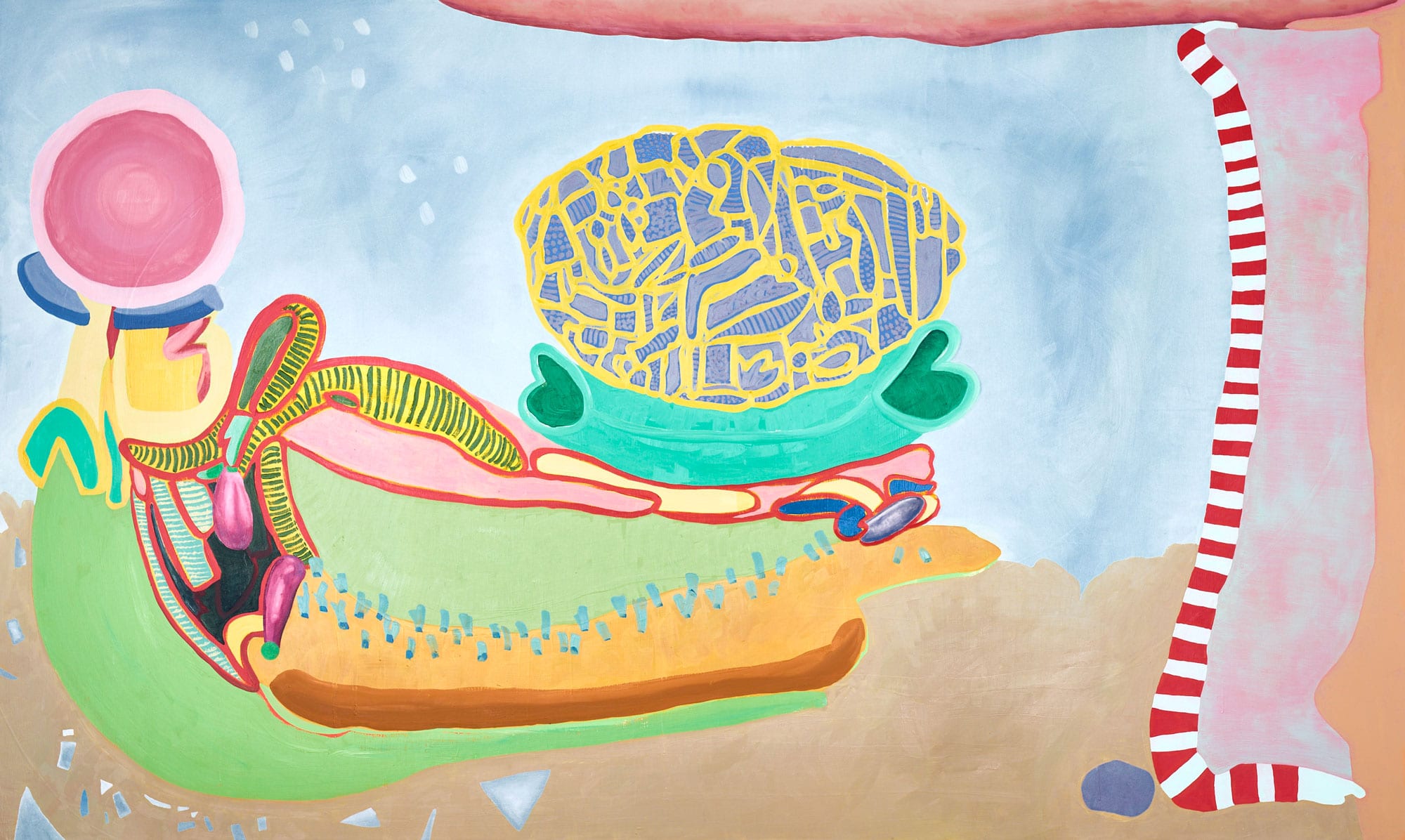Due to the pandemic, all artistic and cultural events around the world are impacted in one way or another. Mexico City is no exception. This year’s Art Week -generally starring Zona Maco, Material Art Fair and Salón Acme– will take place in alternative formats.
Despite the dynamics being significantly different from previous years, MASSIVart does not want to miss the opportunity to showcase the work of talented artists and outstanding cultural agents in Mexico. During this week, we will give space to different artists and gallery owners to share their perceptions and experiences within the national art scene.
Today is the turn of the amazing artist Othiana Roffiel.
Othiana Roffiel studied Visual Arts at Savannah College of Art and Design (US), where she was granted the Award Summa Cum Laude and the Award for Academic Excellence in Painting (2012). She won a scholarship by the FONCA Young Creators Program (2019-20) and is currently participating in the XIX Rufino Tamayo Painting Biennial.
Her work has been part of several exhibitions including 50 women, 50 artworks, 50 years in the Museo de la Ciudad de México (2020); La persistente insistencia del juego, solo show at Casa Equis curated by Leslie Moody Castro (CDMX, 2019); Nueva piel para una vieja ceremonia at Galería Karen Huber curated by Luis Hampshire (2019); Untitled (Open Space) in ICOSA Collective (Austin, TX, 2019); El castillo de los ladrillos rotos, by Guadalajara 90210 (CDMX, 2019); among others.

In the last two years of high school, I took a very rigorous art class; we had to consolidate a cohesive body of work. That’s when I entered my twenties, I knew I not only liked art but wanted to dedicate myself to it.
In a broad sense, I wonder about the ways in which painting shapes pictorial thought and generates meanings within the contemporary imaginary. More specifically, in order to challenge our preconceptions about the way we navigate the space of painting, I question how different visual languages operate and how the viewer relates to them.

Observe and exchange. On the one hand, I dialogue with my artistic present and past: I do research, I talk with my colleagues, I write, I go to museums, I read and listen to podcasts. But on the other hand, I converse with my day-to-day: I walk my daily environment and observe the elements that exist in it; I also notice how my body travels these spaces and how it interacts with objects. Many times, the things that we least imagine are the ones that stimulate creativity the most — from the shapes of a cactus to the colour of a Zote soap bar.
Fertile, complex and multifaceted.

Sure, art doesn’t exist in a void. My immediate context, at this moment the art scene in Mexico, inevitably impacts not only my production but also its reading.
There are many monologues and few exchanges. We forget that to continue building we need to have deeper, plural, critical and supportive conversations, and to do that, it is necessary to be more open to other points of view and to exercise more active listening.
Each one has its own positive things and contributes to the scene in different ways; However, when it comes to painting, Karen Huber Gallery (@khgaleria) is doing an important job.

| Cookie | Duration | Description |
|---|---|---|
| cookielawinfo-checkbox-analytics | 11 months | This cookie is set by GDPR Cookie Consent plugin. The cookie is used to store the user consent for the cookies in the category "Analytics". |
| cookielawinfo-checkbox-functional | 11 months | The cookie is set by GDPR cookie consent to record the user consent for the cookies in the category "Functional". |
| cookielawinfo-checkbox-necessary | 11 months | This cookie is set by GDPR Cookie Consent plugin. The cookies is used to store the user consent for the cookies in the category "Necessary". |
| cookielawinfo-checkbox-others | 11 months | This cookie is set by GDPR Cookie Consent plugin. The cookie is used to store the user consent for the cookies in the category "Other. |
| cookielawinfo-checkbox-performance | 11 months | This cookie is set by GDPR Cookie Consent plugin. The cookie is used to store the user consent for the cookies in the category "Performance". |
| viewed_cookie_policy | 11 months | The cookie is set by the GDPR Cookie Consent plugin and is used to store whether or not user has consented to the use of cookies. It does not store any personal data. |